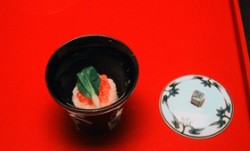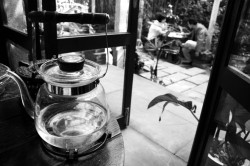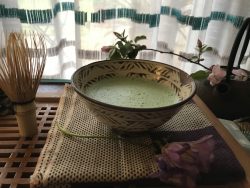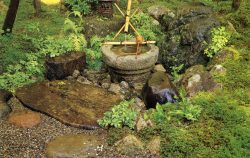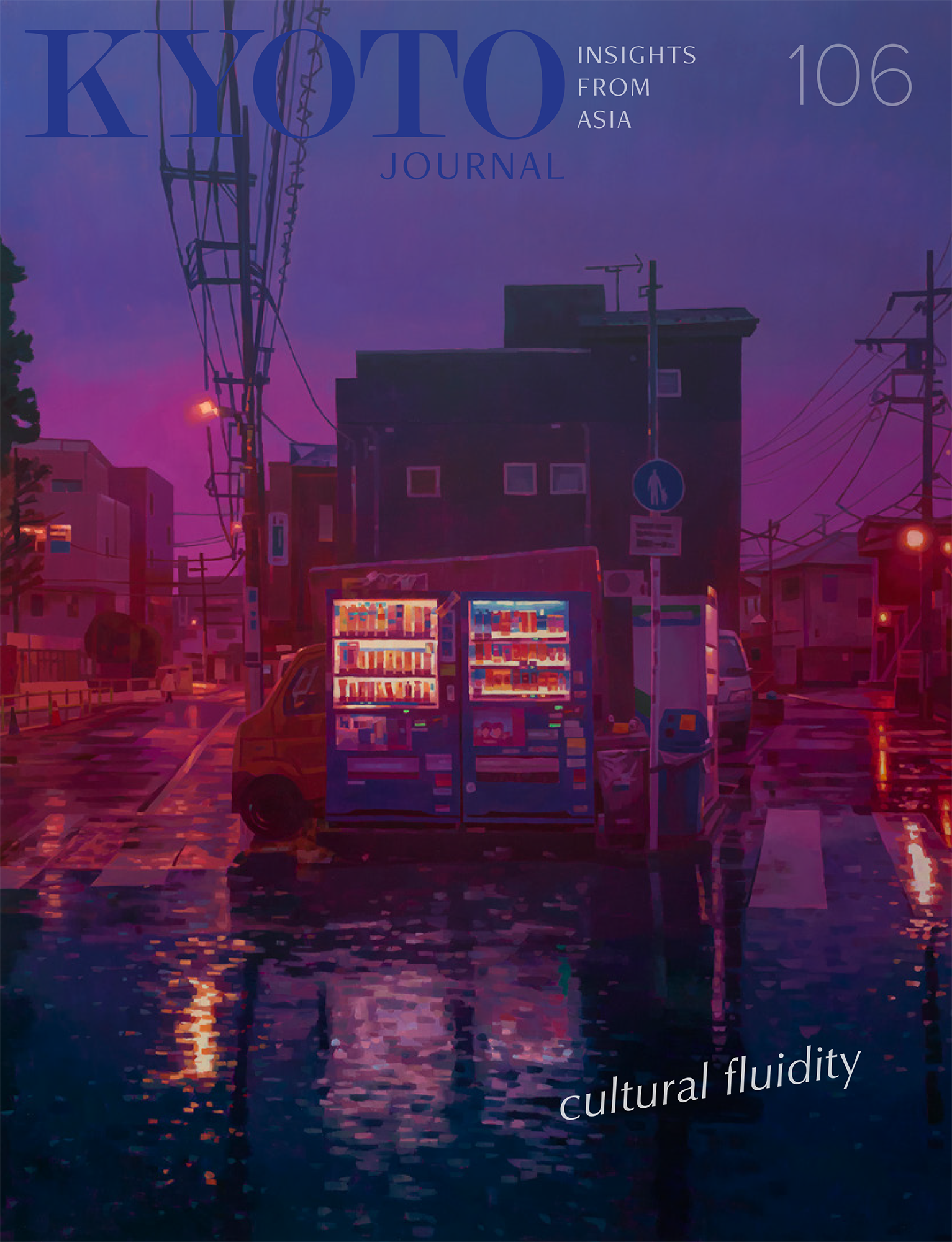Tea & Food
The Way of Food
Sen Sumiko (1920-2004) was the daughter of Yukosai, the ninth grand master of the Musanokoji branch of the three Sen families descended from Sen Rikyu and the mother of the present, eleventh grand master, Futessai Sōshu.
Read MoreNama Chocolat Organic Teahouse
Nakanishi Hirofumi’s signature Sweet, Bitter and Matcha nama chocolates reflect modern tastes while paying tribute to Kyoto and its centuries-old artisan heritage.
Read MoreTeahouse Renaissance in Taipei
Wistaria was the first intellectual style teahouse, and created a quiet, clean place to focus on drinking tea. Outside the wood and paper walls of the two-story Japanese house was a garden with bamboo and a koi pond.
Read MoreThe Name Game
For the Chinese understand that without nature, man is inherently insignificant. It is therefore understandable that of all of the thousands of teas in China, none were specifically named after a person, not even after any of the many emperors who were often responsible for naming them.
Read MoreTea Beyond Japan: Chanoyu in the Diaspora
I am not your typical or natural tea student: a left-handed, cross-country skiing, Jewish feminist. Studying chanoyu for the past 24 years has been both challenging and intriguing for all those reasons. I have been fortunate to find a great teacher who can teach me. I have been encouraged by her to make the practice my own within her very formal teaching.
Read MoreMuch Ado About Matcha: Appreciating the Taste of Powdered Green Tea
If you think that chanoyu, the Japanese tea ritual, is primarily about enjoying the flavor of matcha … I have a bridge to sell you! Let’s call it the ultimate Japanese “urban myth”. Making matcha – mixing of hot water and a tiny bit of carefully selected, hand-picked young green tea leaves in powdered form – is merely the premise for a refined social gathering.
Read MoreThe Korean Way of Tea
Korea has had a “Way” of tea but it hasn’t been widely seen, much less described or studied by foreigners. This new guidebook full of color illustrations, created by Brother Anthony and Hong Kyeong-Hee is a welcome edition to one’s tea or Korean culture library.
Read MoreThe Wisdom of Shōjin Cooking
Shōjin ryōri is rooted in the concept that the earth and body are inseparable. It is only through attaining a perfect symbiosis with the land that we can truly reap the benefits of the earth.
Read MoreThe Epic of Tea: Tea Ceremony as the Mythological Journey of the Hero
TEA
BY DANIEL R. KANE
“Why do you study Tea?” The usual answers perhaps are enough: “It is an aesthetic exercise; a Zen discipline; a unique means of social interaction.” Yet, I have wondered if there might be some other attraction to Tea; something not so apparent…
Read More
